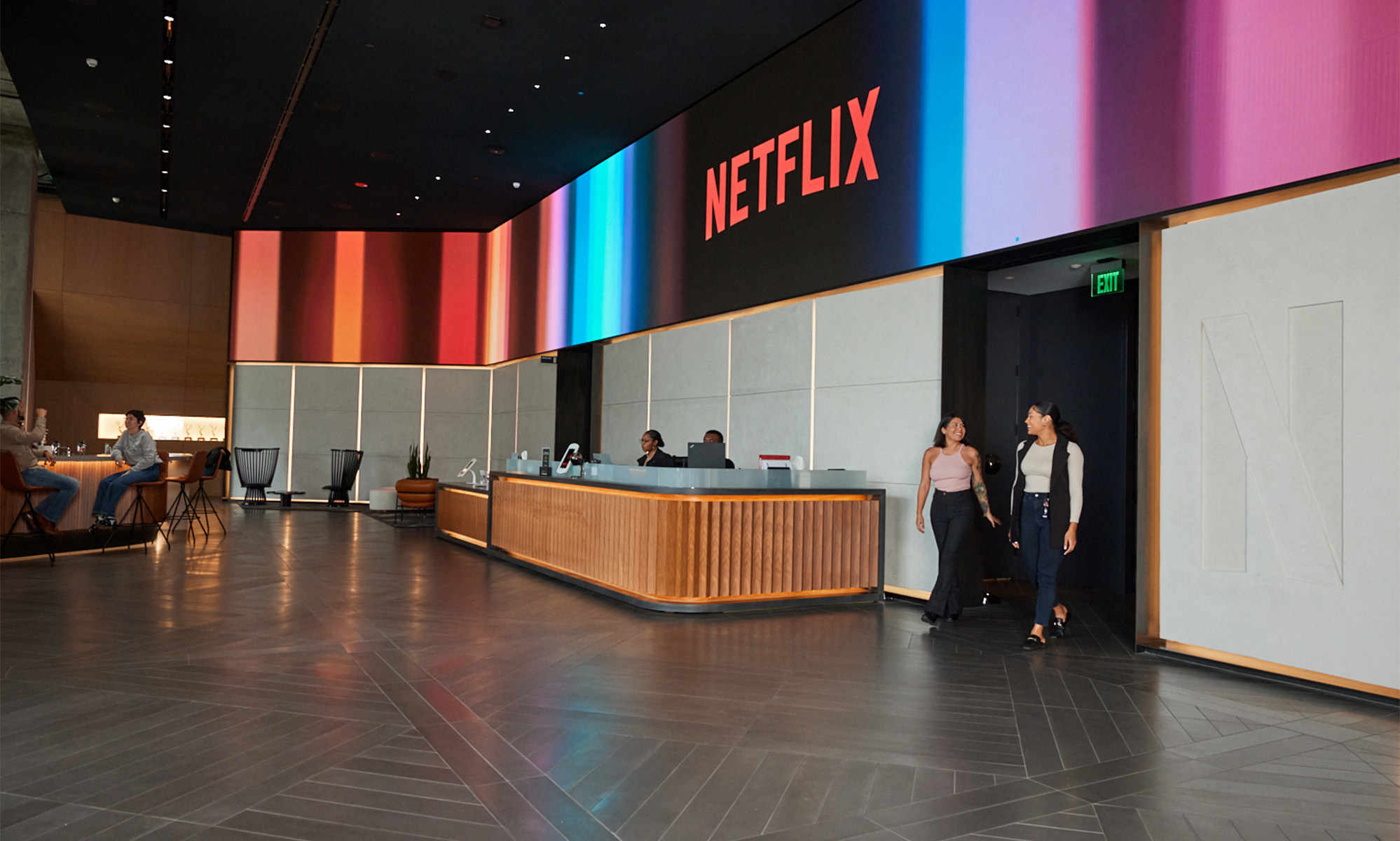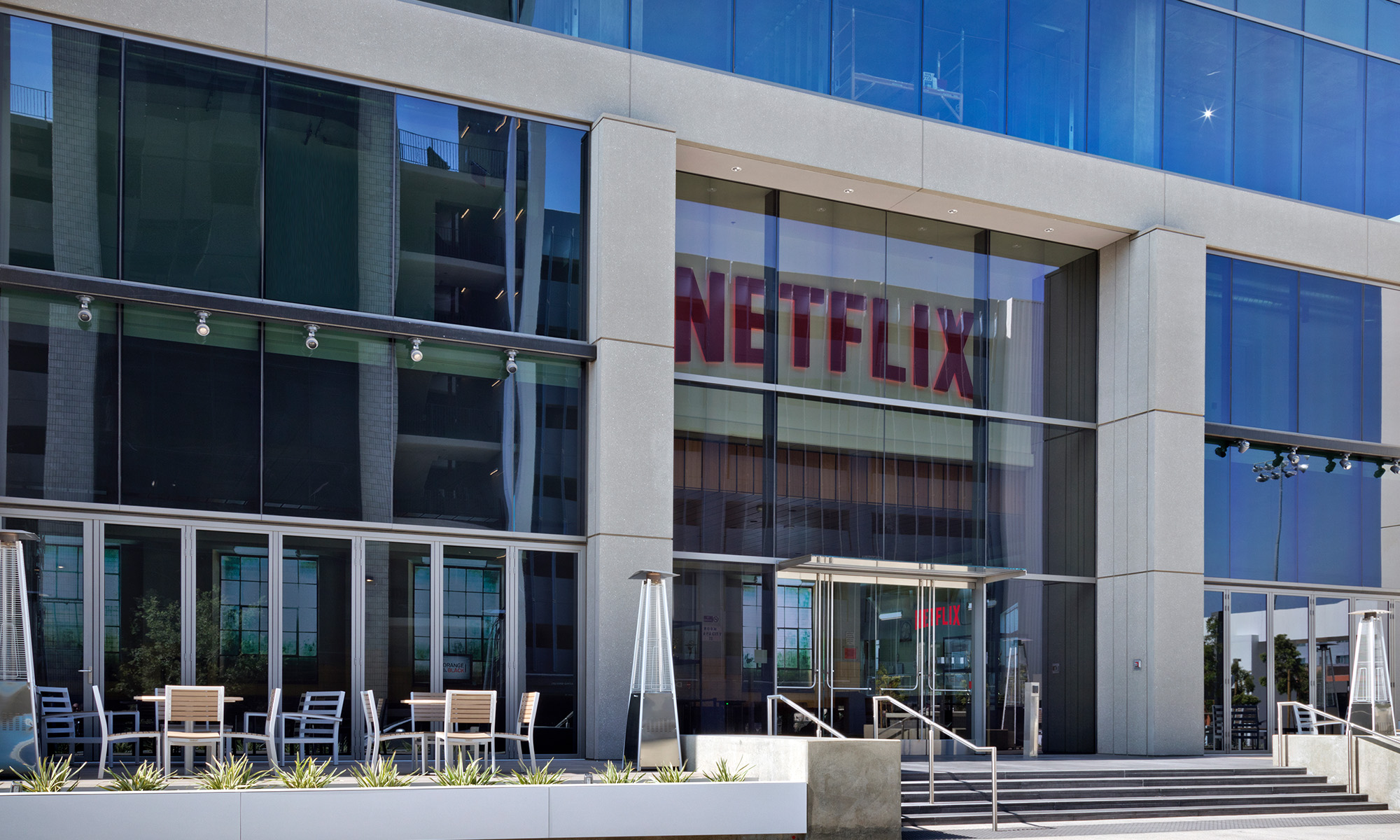Netflix (NFLX 1.19%) is the perfect coronavirus stock for several reasons. It has a huge global growth opportunity, it is seeing increased demand from so many currently housebound consumers around the world, and it's also well-insulated from recessionary conditions because of the service's low price point and strong value proposition.
Skeptics say the company has a weak balance sheet and point out its negative free cash flow. But both items are misunderstood. In fact, the company's financial situation is strong and improving in this environment. Here's why.
Balance sheet
Netflix had $14.8 billion of long-term debt on its books at the end of last year. That's not a trivial amount of debt for any company, let alone for Netflix, which only had $2.6 billion of operating income last year. So it's understandable why some may think that's a precarious financial position.

Image source: Netflix.
But the key consideration is that very little of that debt is due anytime soon. For example, only $1.2 billion comes due within the next three years and a total of $2.4 billion comes due within the next six years. Considering the company also had $5.0 billion of cash on hand as of the end of last year, these modest debt maturities in the next six years should be easily manageable, especially in light of the company's improving free cash flow profile.
Improving free cash flow
Netflix had negative $3.3 billion of free cash flow last year, and in the company's fourth-quarter earnings report in January, management wrote that it expects free cash flow to improve to about negative $2.5 billion this year.
The company's negative free cash flow is primarily caused by the billions of up-front investments it is making in original content, which requires funding well in advance of the content hitting the service. And the improvement the company is seeing is happening primarily because of growing revenue and even faster-growing operating profits, which is mostly due to the fixed cost nature of the company's content deals. When the company licenses or creates a given piece of content, that cost is fixed regardless of how many subscribers the company has or how many times that content is watched. That means additional subscribers have very high underlying profit margins.
Management has been choosing to reinvest most of those big underlying profits in licensing and creating even more content, but they do let some of it drop to the bottom line. That's why Netflix's operating profit margins have risen by about 3% each year for the last several years.
Coronavirus effects
In the current environment, Netflix viewership is way up because so many people are staying home to help minimize the spread of coronavirus. While existing Netflix subscribers don't pay anything extra to watch more, rising viewership means Netflix is probably signing up more new subscribers than usual and existing subscribers are canceling at a lower rate than usual. Both those things should lead to more total subscribers and higher revenue. We know that additional subscribers are very profitable for Netflix, so this should lead to improving free cash flow.
The global pandemic has also caused disruptions at many companies. Netflix has shut down all film and scripted television production globally due to the coronavirus pandemic. That should mean Netflix is investing less in original content right now, which if true, would mean the company's free cash flow is higher than it would otherwise be. Certainly, the production shut down isn't good for the long-term health of the business, but management says the company has enough new original content in the pipeline to last for several months.
These two factors -- higher profits and lower original content spending -- have the potential to drive this year's free cash flow closer to breakeven than the negative $2.5 billion that management outlined in January. Investors may be surprised at how quickly Netflix improves its free cash flow.






